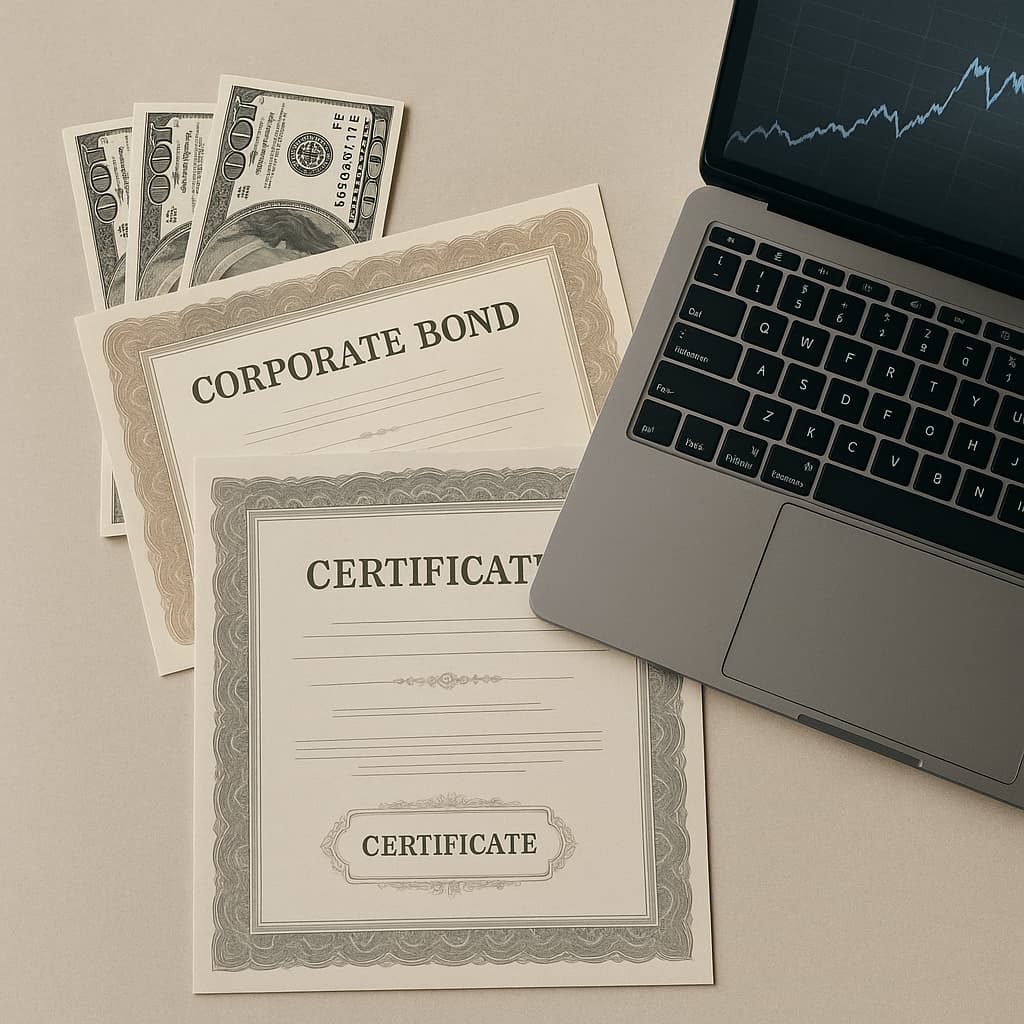Corporate Bonds in the U.S. in 2025: Still a Smart Bet Amid High Interest Rates?
Corporate bonds in the U.S. have entered 2025 under a cloud of uncertainty. With the Federal Reserve maintaining interest rates at elevated levels, many investors are questioning whether these fixed-income instruments still offer a compelling risk-return balance. The appeal of corporate bonds, traditionally seen as a middle ground between stocks and government debt, has shifted as yields rise and inflation pressures ease — but not disappear.
Still, the market is far from uniform. Some sectors continue to offer attractive yields, while others are struggling to refinance or roll over existing debt. Understanding how interest rate cycles influence corporate debt can help investors identify opportunities — and avoid costly mistakes. Insights from the Federal Reserve and Bloomberg Markets show that 2025 could be a year of recalibration rather than retreat.
Navigating opportunities in a high-rate climate

The high-interest-rate landscape has dramatically reshaped fixed-income strategies. For corporate issuers, the cost of capital is rising, squeezing profit margins and altering borrowing behavior. Yet for investors, this same environment is unlocking yields not seen in over a decade. According to Morningstar, investment-grade corporate bonds are yielding between 5% and 6%, with high-yield options offering even more.
But with opportunity comes caution. Duration risk — the sensitivity of bond prices to interest rate changes — remains a crucial factor. Longer-term bonds could face price drops if rates rise again, while shorter maturities may offer more flexibility. Investors focused on stability are leaning toward short-duration and floating-rate bonds, reducing exposure to volatility while still earning higher returns than in previous low-rate years.
Balancing returns and risks
One of the defining traits of 2025’s bond market is its polarization. Companies with strong credit ratings and stable cash flows continue to attract investor confidence, while speculative-grade issuers face higher borrowing costs and default risks. Data from Moody’s suggest that default rates could rise slightly this year as refinancing pressures mount. At the same time, institutional investors are increasingly blending corporate bonds with Treasury securities to create balanced portfolios that withstand market swings. This hybrid approach helps hedge against potential downturns while preserving income generation.
Sectors and strategies shaping investor behavior
The corporate bond landscape in 2025 isn’t just about interest rates — it’s about industry resilience. Technology and healthcare issuers are faring better thanks to steady revenue streams and investor trust, while sectors like real estate and discretionary retail are more vulnerable to refinancing strain. Understanding these dynamics is essential to positioning investments wisely.
Shorter maturities and higher-grade issues are becoming the default choice for conservative investors, while others are venturing into select high-yield opportunities for diversification. The key lies in due diligence: assessing not just the yield, but also the issuer’s financial health, liquidity, and long-term outlook. This disciplined approach ensures that portfolio decisions are driven by fundamentals rather than market noise.
Building a forward-looking bond portfolio
Creating a sustainable bond strategy in 2025 means thinking beyond immediate returns. Many analysts from Fidelity Investments highlight the importance of staggering maturities — known as laddering — to balance risk and reinvestment opportunities. This structure allows investors to reinvest proceeds at potentially higher future rates without locking in long-term exposure today. Meanwhile, the growing emphasis on ESG factors is influencing corporate debt markets.
Finding value in uncertainty
Despite a challenging environment, corporate bonds in 2025 still have a role to play. Elevated yields, relative stability, and diversification potential make them an appealing option for investors seeking predictable income without venturing too far up the risk curve. The key is strategic positioning — favoring quality, maintaining liquidity, and adapting to evolving macroeconomic signals.
Ultimately, the smartest investors are not avoiding corporate bonds but approaching them with nuance. By leveraging credible research sources and staying alert to interest rate shifts, they can turn volatility into opportunity. In a market often guided by emotion, this disciplined, analytical approach provides a distinct competitive advantage.















